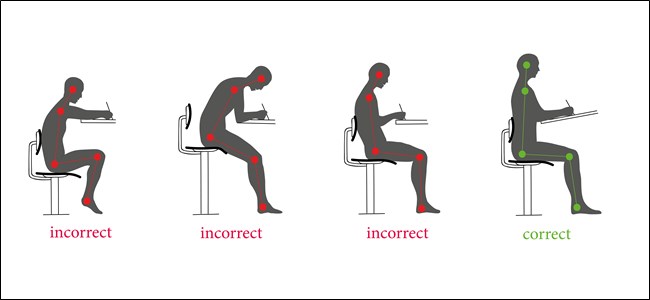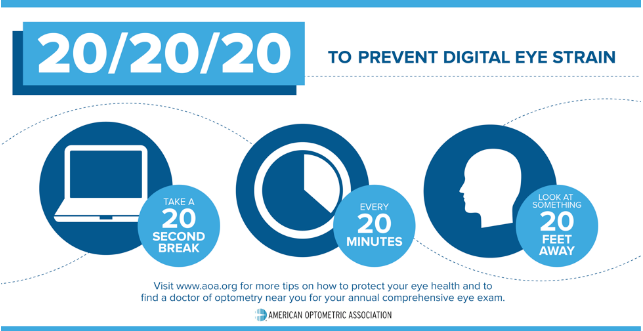Understanding Workplace Ergonomics
Ergonomics isn't just a buzzword – it's the science of designing workspaces that optimize human well-being and performance. At the heart of this science lies the ergonomic chair, a vital tool in preventing musculoskeletal disorders and promoting proper postureThe Impact of Poor Seating
Working from home often means making do with dining chairs or couches, leading to:- Increased risk of back pain
- Poor posture development
- Reduced productivity
- Higher likelihood of musculoskeletal disorders

Key Benefits of Ergonomic Chairs
Enhanced Posture Support
Ergonomic chairs are designed to maintain proper spinal alignment, reducing the risk of developing postural issues like kyphosis and lordosis.
Improved Comfort and Productivity
When you're comfortable, you're more productive. Ergonomic chairs eliminate physical discomforts that can distract from work tasks.
Prevention of Health Issues
These chairs help prevent:
- Lower back pain
- Neck strain
- Shoulder tension
- Repetitive stress injuries
Essential Features of an Ergonomic Chair

- Seat height
- Backrest angle
- Armrest position
- Lumbar support
- Seat depth
The chair should provide:
- Natural spine curvature support
- Even weight distribution
- Comfortable padding
- Breathable materials
Implementing Ergonomic Solutions
Creating an Ergonomic Workspace- Position your chair at the right height
- Ensure feet rest flat on the floor
- Maintain proper monitor height
- Keep elbows at 90 degrees while typing
The 20-20-20 Rule
Take a break every 20 minutes to look at something 20 feet away for 20 seconds. This simple practice helps reduce eye strain and promotes movement.

Long-term Benefits
Physical Health- Reduced risk of chronic pain
- Better posture development
- Improved circulation
- Enhanced comfort during long work hours
- Increased focus and concentration
- Reduced stress from physical discomfort
- Better work satisfaction
- Enhanced productivity

